Symphony No. 2: States Of Mind, Opus 87
-
Ships in 2 to 3 weeks
Details
Description
SKU: BT.BMP7045374
Composed by Teo Aparicio-Barberán. Score Only. Composed 2007. Beriato Music #BMP7045374. Published by Beriato Music (BT.BMP7045374).I- Logos (reason)II- Pathos (emotion)III- Ethos (credibility)The ancient Greeks believed that music shaped the character of man. In Egyptian temples, music was an essential part of the magical rites to alter the course of nature or to treat illness.And today we know that sound can actually alter matter. The secret of music lies in harmony and mathematics, as many great musicians and experts have always known.One of the most important qualities of music is that it enables the listener to focushis attention inwards instead of on what is around him. It is indisputable that music can inspire emotion. Music leads us into a universe of emotions that are difficult to put into words. In short, music reaches into corners of our soul and thoughtsthat words cannot reach and makes it possible to more clearly describe these different States of mind.The composer of this symphony also believes that each “musical argument” must be constructed so that it will induce the desired reaction in thelistener.Music: more than wordsIn recent times, most orchestral symphonies have been based on a story, a text or something similar so that their composition must be structured accordingly.The intention of this work by Teo Aparicio-Barberán is quitedifferent. The composer describes the three elements of the argument as the only formal structure of the work. Since certain philosophers in world history were able to subdivide grammatical argument, why shouldnt that also be possible for themusical argument?Since ancient times the power of the spoken word has captivated mankind. How can an argument move people and mobilise the masses? Where does the power of words come from today? The answer lays not so much in what people say but inhow they say it.Rhetoric is one of the oldest humanist disciplines in Western civilisation. Aristotle, in the 4th century BC, called it the art of persuasion. Indeed, the terms rhetoric and persuasion are mutually interchangeable.More than 2000 yearsago Aristotle structured his rhetoric according to the following three elements: the logos, the pathos and the ethos.Logos (words, reason) is the reasoning that gives freedom to the structure of the text by expressing what one wishes to say usingspecialist terms. With logos we create arguments to receive public approval and to defend our ideas.Pathos, the second element, refers to the effective use of public psychology. Pathos can be considered as the capacity to induce the desired emotionalresponse in the public, by creating an emotional connection with the public so that they accept our message.The third element, ethos (credibility), refers to the character of the speaker and is perhaps the most important of the three elements.Aristotle based his concept of ethos upon his belief that truth and justice will always have the upper hand over anger. He believed that what was true and good was easier to prove and was more persuasive.This second orchestral symphony from thecomposer from Enguera follows these three parameters of the argument according to Aristotle. Each movement tries to summon a different state of mind in the listener so that the message itself can be better understood and appreciated. Apart from thesethree general concepts the music is only structured, as Claude Debussy would say, in a “formative way”.The first movement, logos, is based on a scherzo melody that undergoes various changes in rhythm and harmony. The arguments are presented by meansof conventional techniques of composition. The second movement, pathos, is characterised by suggestions of sound. It is subdivided into two large parts. The first part is based on a five seven sequence with five sounds that are repeated in differentenvironments, structures and dynamics. The second part, which is largely tonal, brings out more directly the emotional overtones that each argument must have. The third movement, ethos, is a faithful rendition of the composers personality. In thislast part, clear rhythmic sequences stand out, there are large dynamic contrasts and lots of tone variation. In addition, and this is quite in keeping with the composers earlier work, the harmony in States of Mind is handled in a manner that is bothoriginal and efficient, as a result of which Aparicio-Barberáns message is well understood by the listener.This second symphony by Teo Aparicio-Barberán is devoted to “my dear Henrie Adams, a guiding light in this eternally dark musical world. Thankyou for everything.”
I- Logos (het woord)II- Pathos (de emotie)III- Ethos (de geloofwaardigheid)De oude Grieken geloofden dat muziek de persoonlijkheid van de mens vormde. In de Egyptische tempels was muziek een essentieel onderdeel van de magische ritesom het verloopvan de Natuur te veranderen of om ziektes te behandelen. En vandaag weten we dat geluid effectief in staat is om materie te veranderen. Het geheim van muziek ligt in de harmonie en de wiskunde, daar zijn vele grotemuzikanten en ingewijden van alletijden zich steeds van bewust geweest. Eén van de belangrijkste kwaliteiten van muziek is dat ze de luisteraar in staat stelt om zijn aandacht naar binnen toe te richten in plaats van naar buiten.Het staat buiten kijf dat muziek gevoelens kanoproepen. Muziek leidt ons door een universum van gevoelens die slechts moeilijk in woorden te vatten zijn. Kortom, muziek raakt uithoeken van onze geest en onze gedachten die hetwoord niet kan bereiken en maakt het mogelijk om de verschillendegeestesgesteldheden (States of mind) nauwkeuriger te beschrijven. De componist van deze symfonie vertrekt tevens vanuit de idee dat elk “muzikaal betoog” zó moetworden opgebouwd dat het de verhoopte reacties teweegbrengt bij de luisteraar. Muziek:meer dan woordenDe laatste jaren werden de meest symfonische orkestwerken gebaseerd op een verhaal, een tekst of iets gelijkaardigs, waardoorhun opbouw moest gestructureerd worden volgens een programma. Het opzet van dit werk van TeoAparicio-Barberán is heel anders. De componist beschrijft de drie elementen van het betoog als enige vormelijke structuur van het werk.Als sommige filosofen in de geschiedenis van het universum in staat waren om het grammaticale betoog op te delen,waarom zou dat dan niet lukken voor het muzikale betoog?Sinds de Oudheid boeit de kracht van het gesproken woord de
Vor wenigen Jahren gelang dem spanischen Komponisten Teo Aparicio Barberán der internationale Durchbruch in die Blasmusik mit seiner ersten Symphonie Asgard“. Seither gehören seine Werke weltweit zu den meist aufgeführten spanischer Komponisten.Jetzt hat er seine 2. Symphonie States of Mind“ herausgebracht, wo er sich sowohl konzeptionell als auch kompositorisch weiterentwickelt hat. Der Symphonie wurde das Buch Ars Rhetorica“ von Aristoteles zugrunde gelegt, welches in 3 Sätze unterteiltist: Logos (Grund), Pathos (Gefühl) und Ethos (Moral). In dieser Symphonie herrscht ein enger Bezug zwischen der Macht der Musik und der Macht der Welt. Dieses große innovative Werkbesitzt die Fähigkeit zur Vorreiterrolle.
Le compositeur espagnol Teo Aparicio Barberán a fait son entrée, il y a quelques années, sur la scène internationale de la musique pour instruments vent avec sa première symphonie intitulée “Asgard”. Depuis lors, il figure au nombre descompositeurs espagnols les plus joués dans le monde. Il nous présente aujourd’hui sa deuxième symphonie intitulée States of Mind, dans laquelle il franchit une étape supplémentaire tant en termes conceptuels qu’en termes de composition.L’ouvrage “Ars Retorica” d’Aristote, est la base de cette symphonie en trios mouvements: Logos (la raison), Pathos (le sentiment) et Ethos (la conviction). Dans cette symphonie,il établit des liens profonds entre la force de lamusique et la force de la parole. Cette oeuvre grandiose et innovante est une porte ouverte sur de nouveaux horizons.
Il compositore spagnolo Teo Aparicio Barber n qualche anno fa ha fatto il suo ingresso sulla scena internazionale della musica per strumenti a fiato con la sua prima sinfonia “Asgard”. Attualmente Barber n fa parte dei compositori spagnoli piùeseguiti in tutto il mondo. La sua seconda sinfonia “States of Mind”, fa un passo in avanti sia concettualmente che dal punto di vista della composizione. Il libro “Ars Retorica” di Aristotele è alla base di questa sinfonia che è suddivisa in tremovimenti: Logos (la ragione), Pathos (il sentimento) ed Ethos (la morale). La sinfonia elabora legami profondi fra la forza della musica e la forza della parola. Questa operagrandiosa è innovativa e apre nuovi orizzonti.
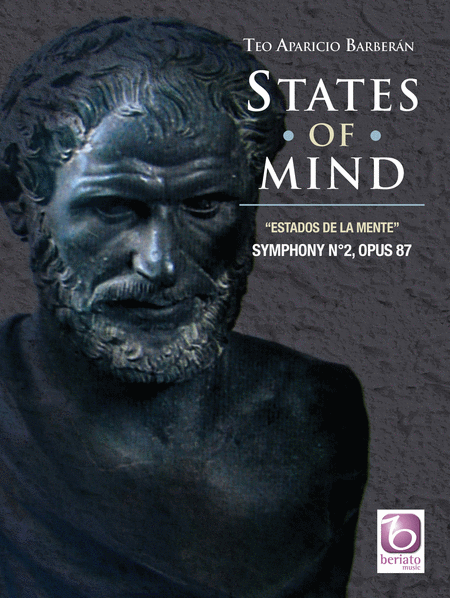
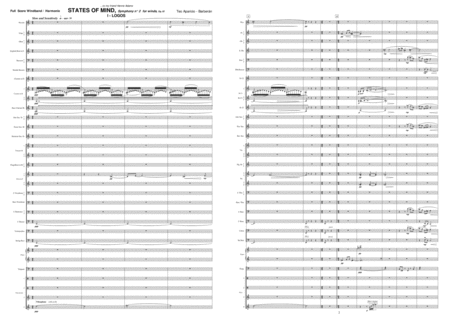
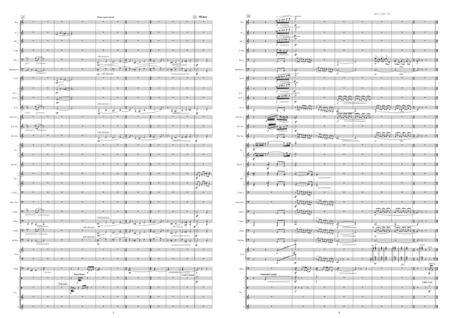
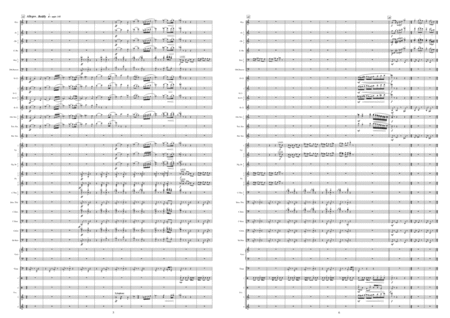
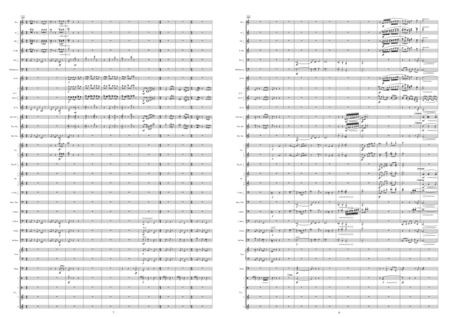
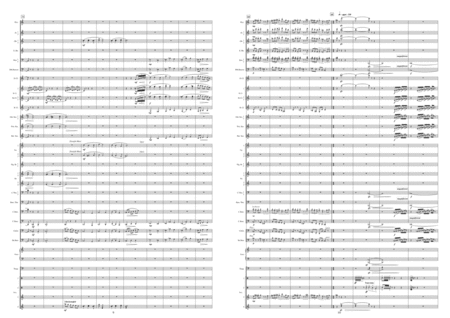
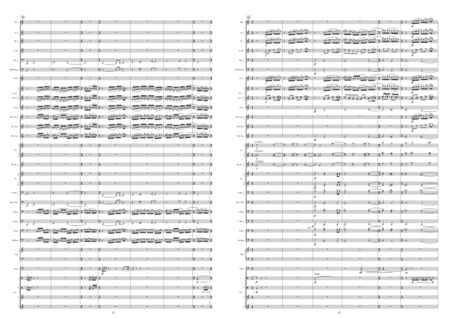
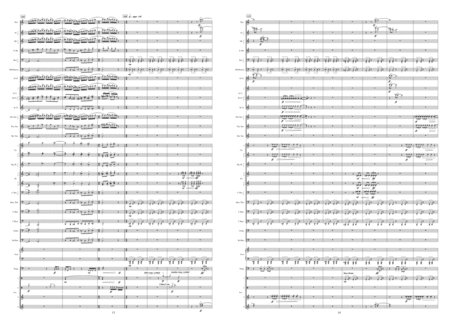
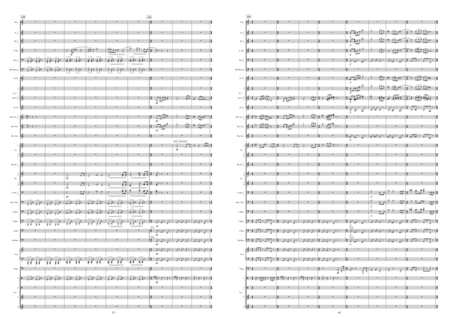
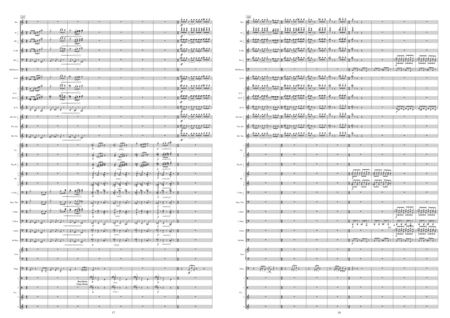
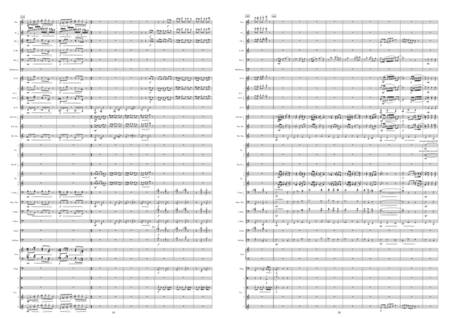
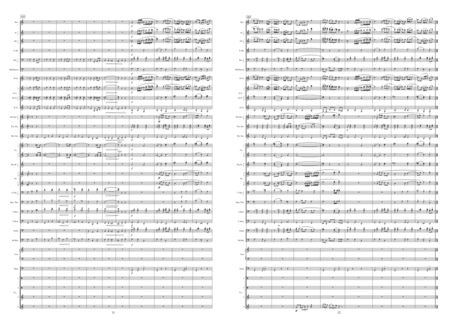
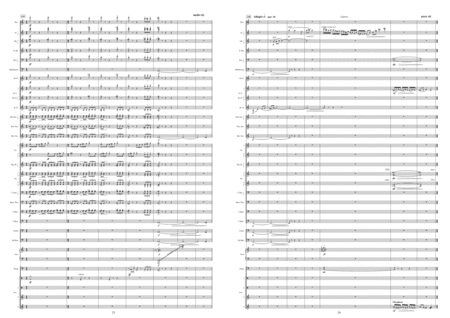
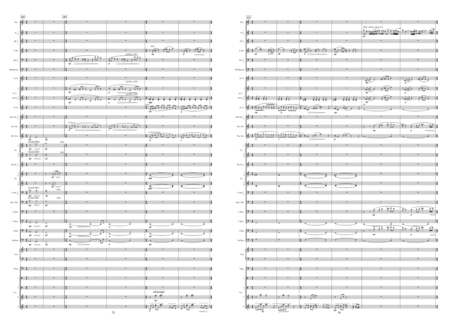
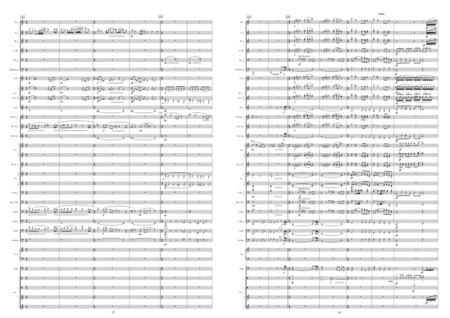
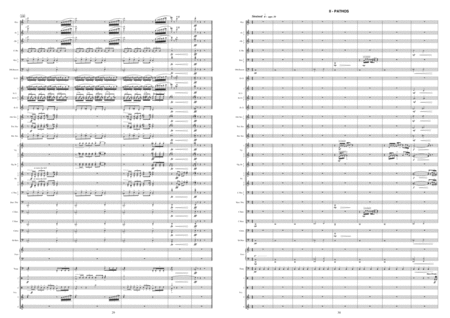
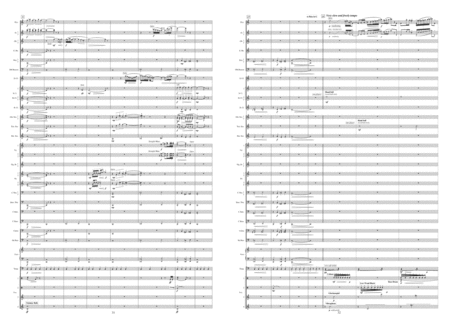
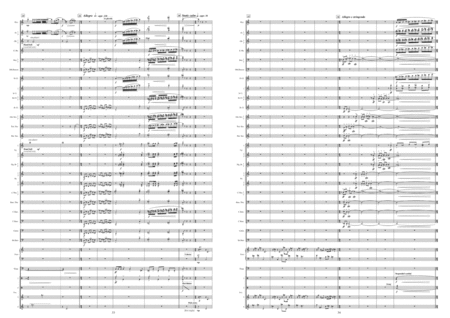
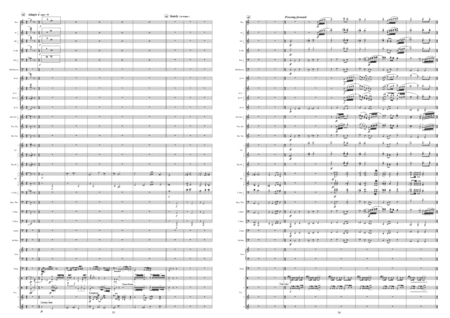
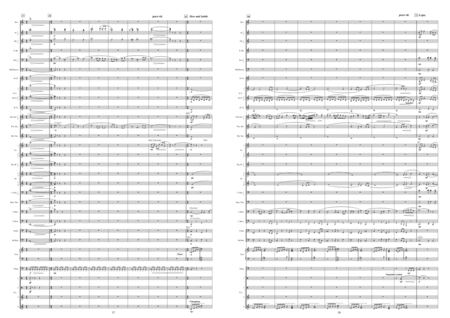
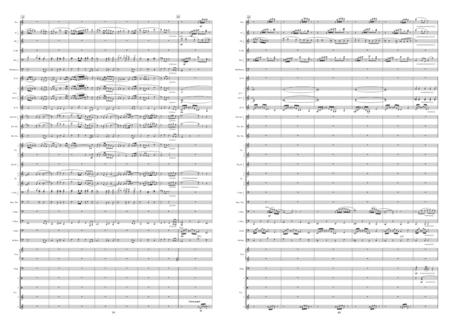
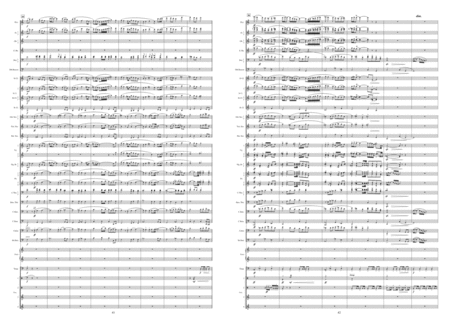
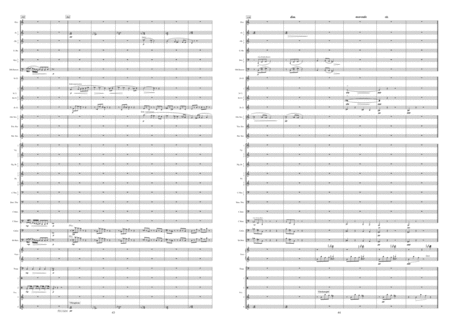
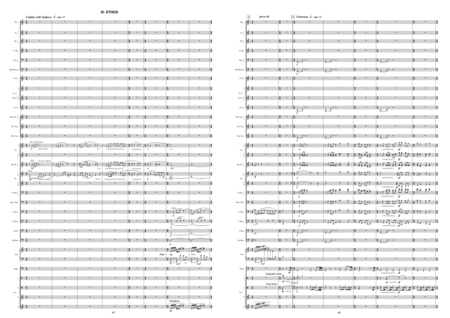
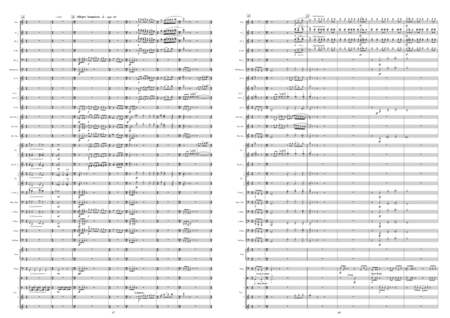
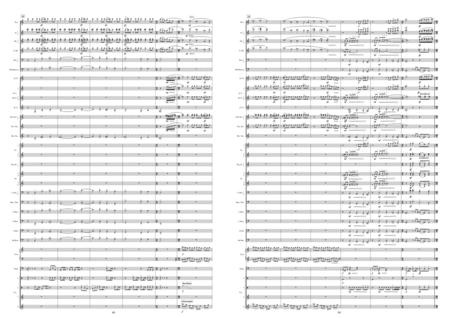
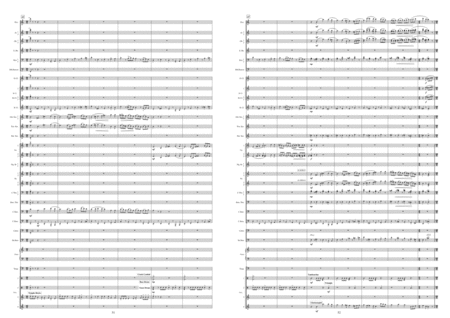
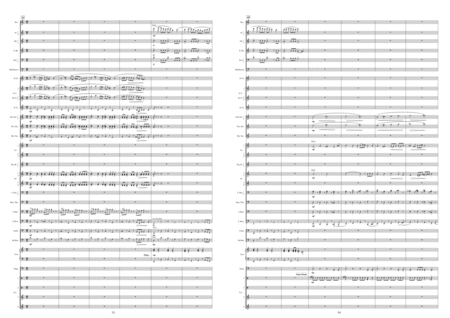
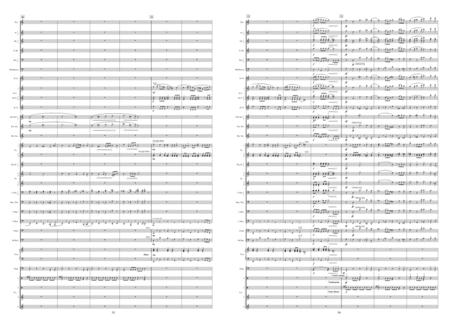
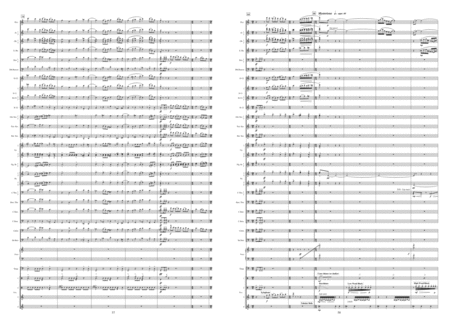
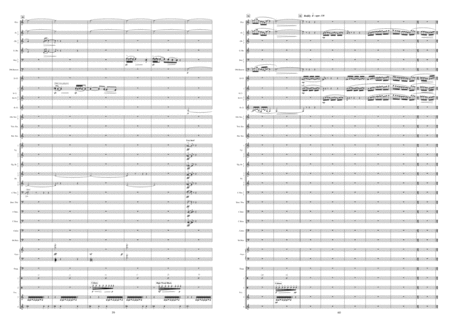
 Share
Share